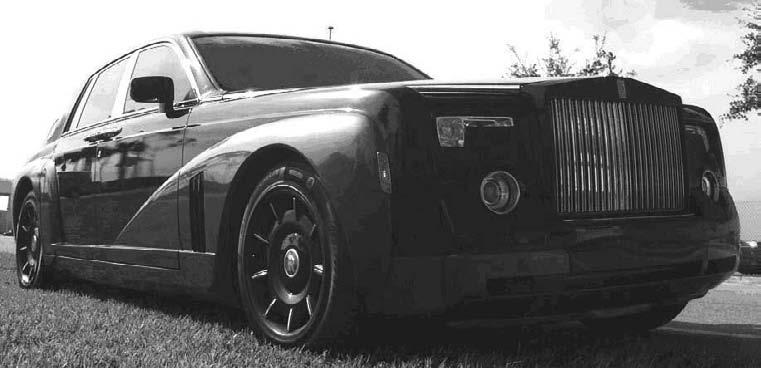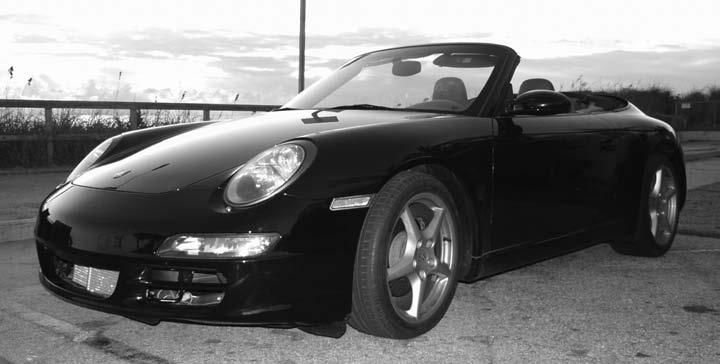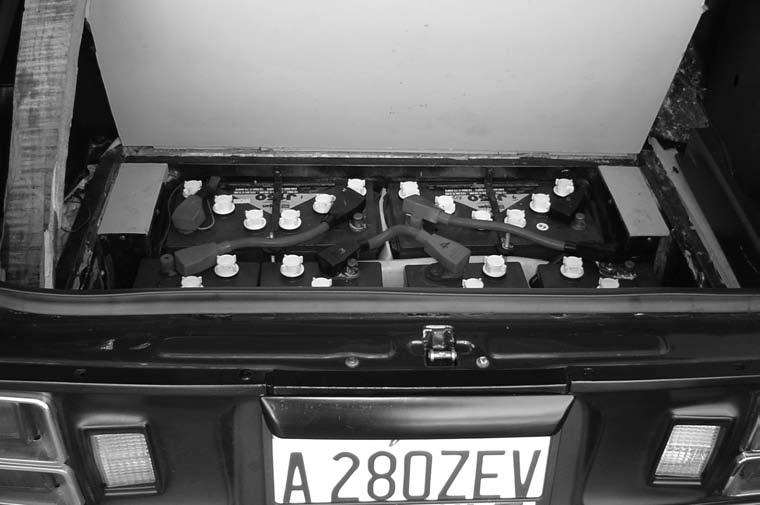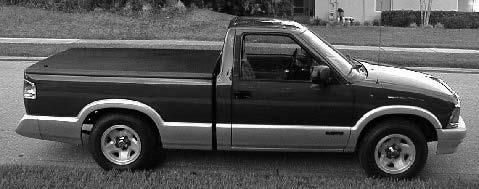
4 minute read
Converting Existing Vans
Figure 4-5 Bradley GT II kit car electric vehicle.
someone handle the entire conversion for you, you can convert to an electric vehicle for a very attractive price compared to buying a new EV.
Converting Existing Vans
While large vans, such as Sacramento Municipal Utility District’s (SMUD’s) converted GMC van (shown in Figure 4-6), make great test-bed vehicles for the utility companies, they are heavy, more expensive to buy, take longer to convert, give less than adequate after-conversion performance, and cost you more to own and operate. For these reasons and others, you will never find an 8,000-lb. van recommended in this book as a potential conversion candidate. On the other hand, minivans—particularly the newer, lighter models—offer intriguing prospects for conversion, and you can look further into them as your needs require. But vans in general, even minivans, are usually more expensive, heavier, or take longer to convert than other chassis styles, so investigate before you invest.
Some Conversion Examples
There are a ton of vehicles that are immediately available for car conversions and it would triple the pages in this book to cover them all. We’ll just look (for eye candy) at an electric Rolls Royce, but the principle is simple: you can convert an existing car to something new!
Figure 4-7 shows Paul Little’s custom-built electric Rolls Royce with a standard (Centurion) body. The vehicle uses a 2,000-amp controller that moves this ship effortlessly around town or on the open road. He even keeps all of the amenities like power brakes, power windows, video screen, automatic transmission, and air
Figure 4-6 SMUD converted GMC van electric vehicle.
conditioning. These Rolls Royce–based Centurions are heavy duty and manage a lot of low-slung weight while offering that unsurpassed ride.
Typical Rolls Royce–based models include 26 100-amp hour batteries. By using our custom Royal Centurion body (from the years 1987 to 2001) with 24" wheels, allowances are gained for a complete front to rear battery tray. This creates a very low center of gravity and excellent front to rear weight distribution.
Bill Williams’ 1971 Datsun 1200 conversion electric vehicle (shown front and rear in Figure 4-8) is also a 96-volt system, but takes advantage of a little more chassis room to conveniently stow four batteries in the front under-hood area and 12 batteries in the
Figure 4-7 Paul Little’s electric Centurion built from an older Rolls Ro yce.
Figure 4-8 Bill Williams’ 1971 Datsun 1200 con version electric vehicle.
rear trunk area, keeping them out of the passenger compartment entirely. Notice the neatly laid out components and tied-off wiring runs in the engine compartment.
Paul Little’s conversion of a Porsche 959 (shown in Figure 4-9) is today’s state-ofthe-art conversion. It offers breathtaking performance and range. Paul Little’s typical Porsche includes 16–28 batteries depending on range, weight, and speed desired. These electric cars have respectable performance, going 0 to 60 in around five seconds. With a 2,000-amp controller with 269 volts, an 11" warp motor in fourth gear at a .98 ratio can achieve 1,200 ft. lbs. of torque!

Figure 4-9 Paul Little’s Porsche 959 conversion electric vehicle.
Figure 4-10 Lyle Burresci’s 1977 Plymouth Arrow rear compartment.
Figure 4-11 Joe Porcelli and Dave Kimmins of Operation Z’s Nissan 280Z rear batter y compartment.
Lyle Burresci’s 1977 Plymouth Arrow (Figure 4-10) was the basis for Mike Brown’s conversion manual. It also uses a 96-volt system (six batteries in front, ten in the rear) and shows how good chassis selection, construction techniques, and “battery boxes” can transform a potential safety hazard. Figure 4-11 is from Joe Porcelli and Dave Kimmins of Operation Z. It shows their Nissan 280Z rear battery compartment. We’ll talk and show you more of their conversion in Chapter 10.


Figure 4-12 Ken Watkin’s S-10 conversion (Courtesy of Bob Batson at EV America).
Table 4-1 Electric Vehicle Purchase Decisions Compared
Until recently, not many pickup truck conversions were done. But when EV converters took a closer look at the newer, lighter pickups, this trend reversed itself in a resounding way.
Electric Vehicles of America, Inc. was one of the first to convert small pickup trucks such as the S-10 (shown in Figure 4-12). Their design puts the batteries under the bed for a lower center of gravity and leaves the bed completely free for trips to the dump or local lumberyard. With a greater payload than most cars, trucks can have an even greater range. Pickup trucks are a great EV conversion choice—one you’ll get a chance to examine in detail in Chapter 10.
Table 4-1 covers the other dimensions of the buy, convert, or build trade-off: what vehicles or parts are available, who you can get them from, where they are located, and when you will get/assemble them. There are not many places to buy new EVs today. If you don’t reside in a place with easy access to an EV manufacturer or dealer, adding the weeks it might take to get your new EV shipped to you puts the conversion option—based on an internal combustion vehicle chassis obtained locally—into an even more attractive light. The weeks in the conversion option “When” boxes are
Who Where When
Buy New Independent Manufacturers & Dealers Regional Locations Buy – Now Shipping – Weeks
Buy Used EAA Classifieds Anywhere
Buy – Now Manufacturers & Dealers Shipping – Weeks Convert New New Auto Dealers Local Auto Dealer Buy – Weeks Electric Vehicle Parts Mail Order EV Parts Assy – 80-100 Hours Dealers Convert Used Used Auto Dealers Local Auto Dealer Buy – Weeks Electric Vehicle Parts Main Order EV Parts Assy – 100-200 Hours Dealers Build From Manufacturers & Dealers Local Raw Material Buy – Months Scratch Electric Vehicle Parts Mail Order EV Parts Assy – 200–??? Dealers Hours



